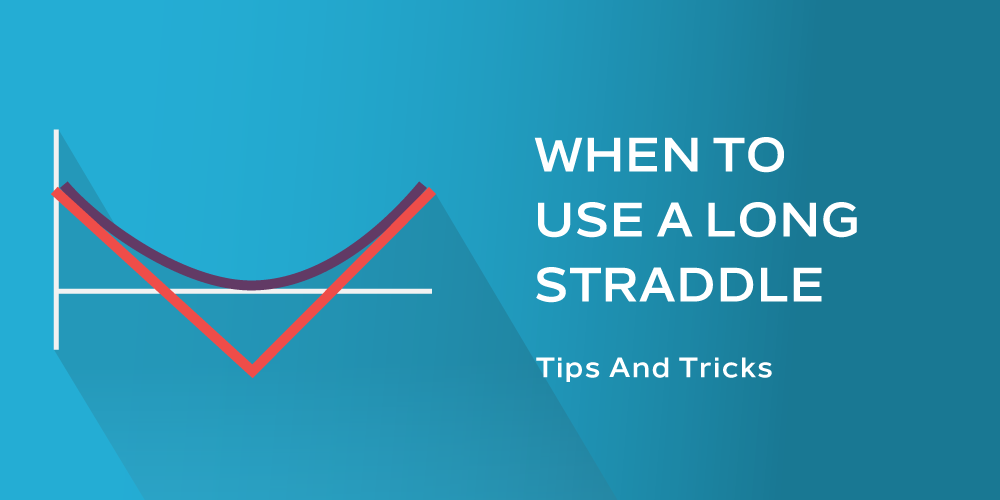
Ever had the feeling that a market is getting ready for a monster move, only you have absolutely no idea what direction that move may take?
Assuming your answer is yes, relax.
All traders have experienced that feeling. Call it intuition, but sometimes you can just feel a major market move brewing.
How then, can you take advantage of a massive move without knowing what direction it may take?
Simple: use a long straddle.
What is a Long Straddle?
A straddle is a long option position comprised of a long at the money call and a long at the money put. For example, a long straddle might consist of a long $50 call and a long $50 put of the same expiration with a stock trading at the same price per share.
You might be thinking you might lose money on one of the options. Surely the market can’t go up and down simultaneously, right?
Yes, you may lose money on one of the options, or even both. The idea behind the long straddle is to make enough money on either option to more than cover the loss on the other.
Is the Straddle Sensitive to Changes in Implied Volatility?
Absolutely. A long straddle can potentially profit from an increase in implied volatility, even with no market movement. A long straddle can also lose money on a decline in implied volatility, even with market movement.
Here’s an example to show you want I’m talking about:
Trader Joe has been watching stock ABC for some time now. This stock has traded right around the $50 level for months now, and Joe believes the stock is likely to break out of its trading range. Joe has no idea what direction the stock may break in. Joe decides to play his hunch by going long at the money straddle with two months until expiration. To initiate the position, Joe executes the following trades:
- Buy the $50 call for a premium of $4
- Buy the $50 put for a premium of $4.
Joe’s total debit for the position is $8. This means that Joe will need the share price to move plus or minus $8 at expiration in order to realize a profit on his position.
If the stock moves less than that, Joe will have a loss. Joe’s maximum loss potential of $8 is reached if the stock price is right at $50 at expiration.
It is important to note that Joe can take the position off with a gain or a loss anytime prior to expiration. If implied volatility levels increase, Joe could potentially take a profit as the option values increase. On the other hand, if implied volatility levels decline, Joe may see a loss on the position as the option premiums deflate.
Because the long straddle is net long options, the position is also exposed to the eroding effects of time decay. Without enough market movement, time decay will eat away at the position, possibly producing a loss.
What Can I Do if I Want to Use a Long Straddle?
When considering a long straddle, first look for markets that have been in a tight range that could potentially see a large and sustained directional move. Secondly, look for markets whose options are trading in the lower end of their six or twelve month implied volatility ranges.
The long straddle can be a great strategy under the right circumstances. Understand what it will take to potentially profit from such a position and what factors will be working against you. The risk on a long straddle is limited to the premium paid while profit potential is unlimited.










